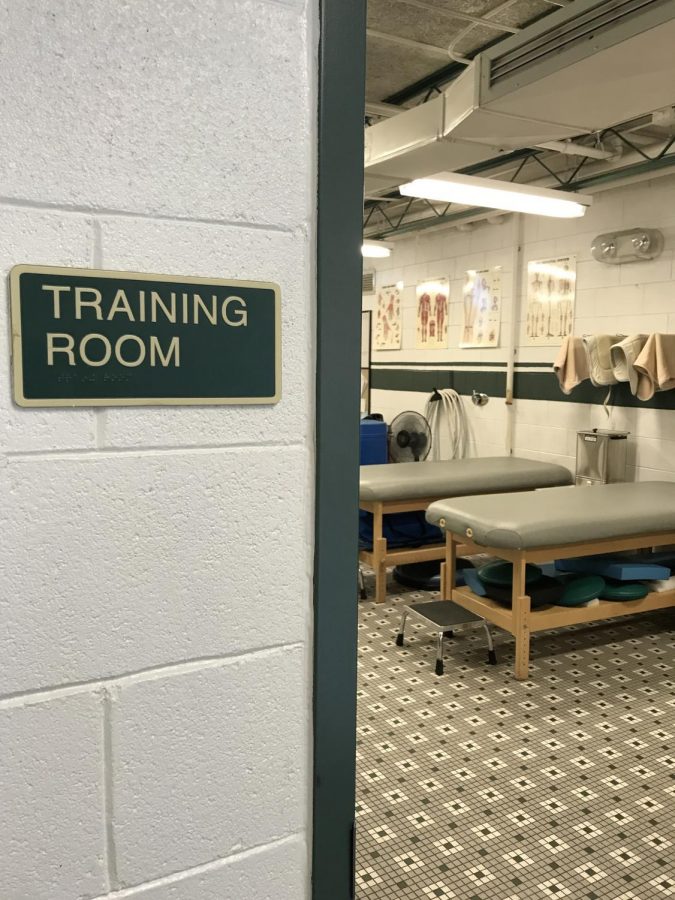Inside the Training Room – Recovery
When an injury occurs, depending how severe it is, there are different steps that should be taken in order to ensure a quicker healing time. For more severe injuries, a healthcare professional should be consulted in order to determine the best course of treatment. For more mild injuries, the P.R.I.C.E. principles can be employed.
P stands for protection. If injured, it is best to stop playing and protect the injured area from further damage. Many times, a mild injury will be made worse from continual stress. Once one has stopped playing, they should consult their athletic trainer.
R is for rest. It is smart to take a break from practice or the event and avoid using the injured area. This, again, will prevent worsening an injury that may be very mild.
I stands for ice. Icing an injury for 15-20 minutes at a time will help reduce inflammation and speed up the healing process. One should always apply a thin layer of protection between the cold pack and injured area in order to prevent frostbite.
C represents compression. Apply a wrap to the injured area, starting at the point farthest from the heart. As you move toward the heart, decrease the tightness of the wrap. It should be snug, but not too tight as to cause numbness or tingling. This decreases inflammation, helping the injury to heal and ultimately feel better quicker.
E stands for elevation. While icing, elevate the injured area to a level at which it is above the heart. This also reduces swelling and inflammation, quickening the healing process.
It is important to try to follow the P.R.I.C.E. procedures after suffering a rather mild injury. Staying ahead of the problem and taking action right away will likely lessen the injury time and heal the affected area quicker. In addition, certain medications such as Bayer, Excedrin, Tylenol, Advil, Motrin, and Aleve are helpful for relieving pain and other symptoms. Always read the directions to be sure to take the correct dosages, and consult the warning labels. For example, all medications listed above should not be used for possible head injuries, as they may increase the risk for bleeding.
For more severe injuries or if you are unsure how to proceed with the healing process, see the athletic trainers or a medical professional.
“Just being available to our athletes as trainers on a daily basis helps to treat injuries earlier than later,” says Head Athletic Trainer JaNae Stewart. JaNae and the other trainers are available every day at FHC. They use a combination of all of their educations, training, and experience in order to treat all athletes who are experiencing injuries. Whether the athletes need heat, ice, stretches, or tape to help their healing processes, it can all be found inside the Training Room.

Molly is writing for the FHC Sports Report for her second year, and she has taken over the Sports Editor in Chief role. She is excited to be part of another...

























































































